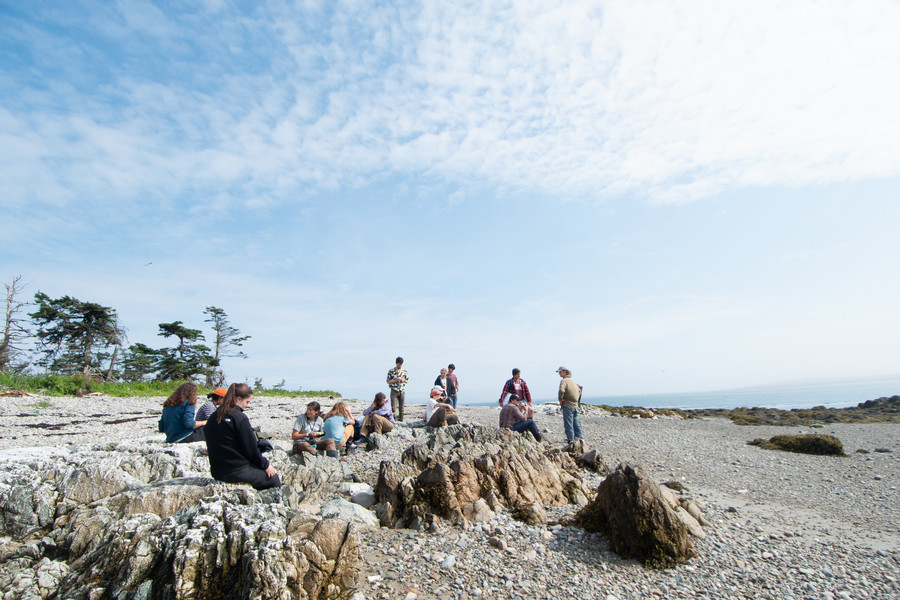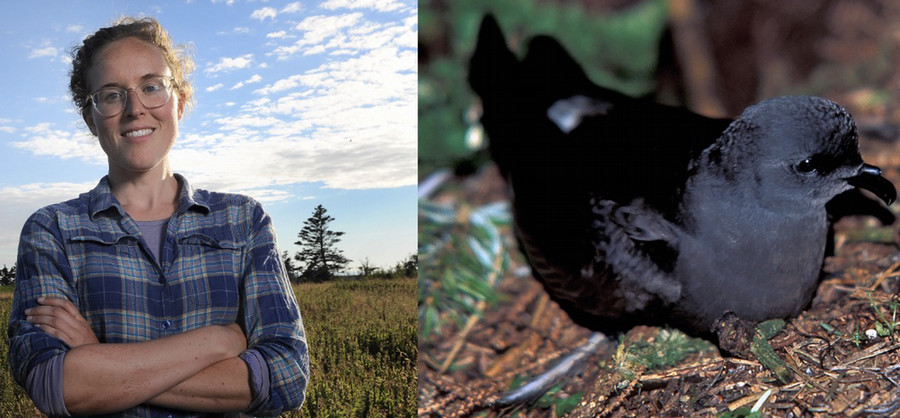Two Hundred Acres of Learning
By Tom PorterA Multifaceted Role
She describes her role as a “pretty intense” combination of things. “I’m partly the chief safety officer for the island, responsible for student well-being, as well as trying to ensure they have a great overall experience and learn valuable life skills.” “I’m also the scientific leader for Kent Island, so I oversee the projects that the students are working on throughout their stay. On top of that, I have to always be looking to the future, thinking about how to ensure the station remains as productive as possible as a scientific institution, not only for the Bowdoin students who come here, but for the steady stream of postgraduate researchers—some of them international—who spend time on the island every summer.”
What Do Students Gain?
Jones made three trips to Kent Island in the summer of 2017 to get a feel for the place. Ask her what the students get out of being there and she almost doesn’t know where to start. “Apart from the life skills you pick up, it’s just an incredible research experience. To be able to do your own independent project in the field as an undergrad is a rare opportunity. There are very few places with the funding and support to do this at the undergraduate level.” Aside from the science they’re researching, says Jones, students learn about other aspects of putting a project together: “Things like experimental design and data analysis. And then there’s the stuff you pick up just from being on Kent Island,” she says. “You can’t help but learn a lot of natural history. The ability to identify plants and birds, for scientists and nonscientists alike, is an enriching experience, and it stays with you for life.” Also, she points out, some very strong friendships are forged by this shared experience, and even the occasional marriage. Typically, eight Bowdoin students travel to Kent Island every summer, and not all of them are scientists. There are usually one or two artists-in-residence on the trip, explains Jones. “Last year we had two of them, both pursuing creative writing and photography projects and coming up with some wonderful portfolios.” The artist-in-residence program is a crucial part of the Kent Island experience, she adds, and it fits perfectly with Bowdoin’s liberal arts mission. “I double-majored in biology and art history at Cornell, and I’m fascinated by the way art and science complement each other. So much of science is an art in many ways. It’s about perceiving and recording the natural world and creating a better understanding of it. The program exposes students in the arts to science and science students to the artistic world, often inspiring them to do drawing and creative writing. It all helps to create a wonderful culture on the island.”
- Two working on storm petrels, continuing the collection of the long-term dataset and studying petrel behavior
- One working on determining the diet of guillemots
- One working on the impacts of rockweed harvesting on marine intertidal invertebrates and algae
- One studying the effectiveness of different pollinators on low bush blueberry
- One studying learning and behavior in pollinators
- Two artists—a poet and a painter
One Kenyon College undergraduate working with the Bowdoin petrel students (and with former BSS director Bob Mauck from Kenyon)
Two undergraduates from Dalhousie University in Nova Scotia doing a petrel survey of all three islands (which has never been done)
Ornithology classes coming from Bates College and Dalhousie University in May and July, respectively
A faculty member and a team of students coming from Williams College to study song learning in Savannah sparrows
Two faculty members from the University of Guelph and two from the University of Windsor coming to study song learning, feather coloration, stress, and immunity in Savannah sparrows (They bring graduate students with them, some of whom will have been there since April.)
Professional artist and art professor Stefan Petranek ’99 coming for two weeks in what may initiate a senior artist-in-residence program, where senior artists work at the station producing art that addresses climate change and science communication and mentor the Bowdoin artist-in-residence students.
“You can’t help but learn a lot of natural history. The ability to identify plants and birds, for scientists and nonscientists alike, is an enriching experience, and it stays with you for life.”
A Big Fan of Field Stations
This is Jones’s first experience directing a field station, and her background makes her an ideal fit. “Field stations hooked me from when I was an undergraduate and spent three summers at Cornell’s Shoals Marine Lab.” Her career as a field biologist has exposed Jones to a wide range of habitats and research methodologies throughout the years. After specializing in lobster ecology as an undergraduate, she went to work radio-tracking birds in Australia before going on to earn her PhD in integrative biology from the University of Texas, Austin. “I traveled to Panama to study frog-eating bats during my PhD, and my postdoc work has been on insect ecology. I’ve consistently pursued questions about how animals find the food they eat.” Much of Jones’s current research looks at how bee behavior influences pollination ecology. She feels that her exposure to a wide range of ecological systems makes her well-suited to the task of mentoring a small group of students working on a variety of topics. “It helps that I’m not too specialized just in one area,” she says.
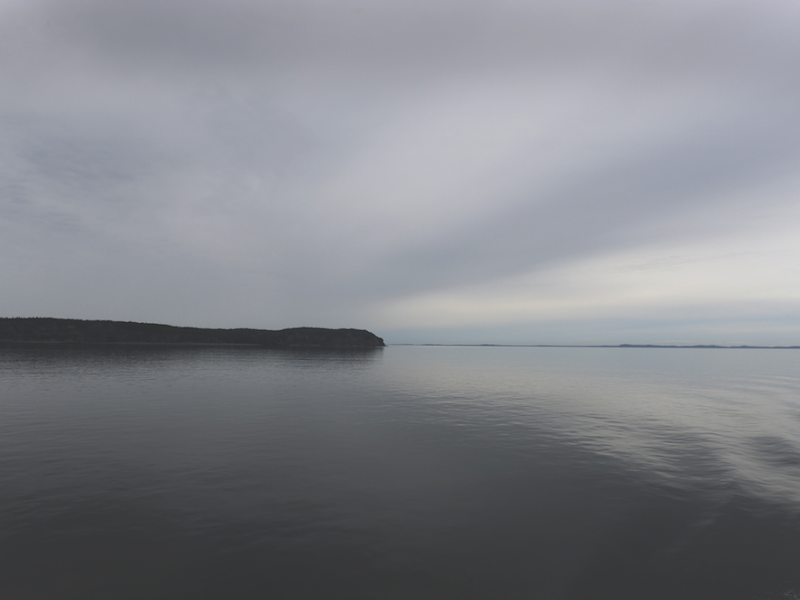
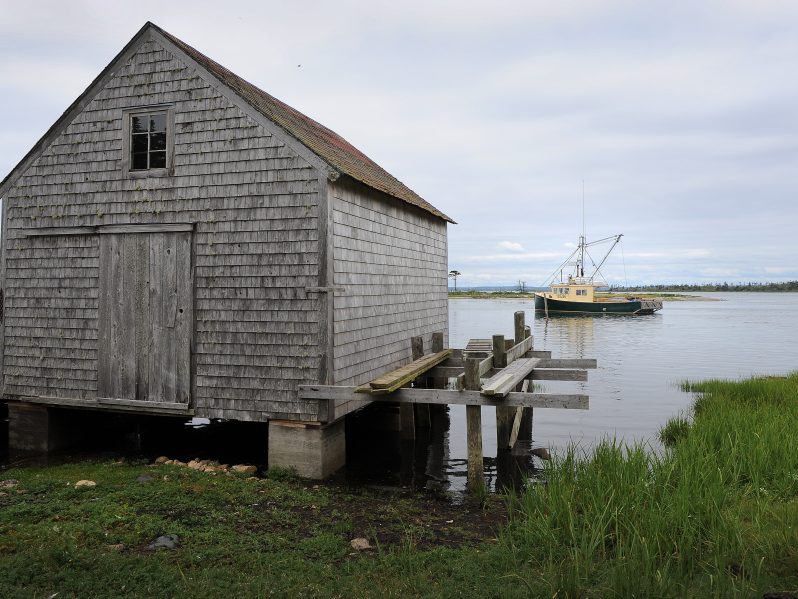
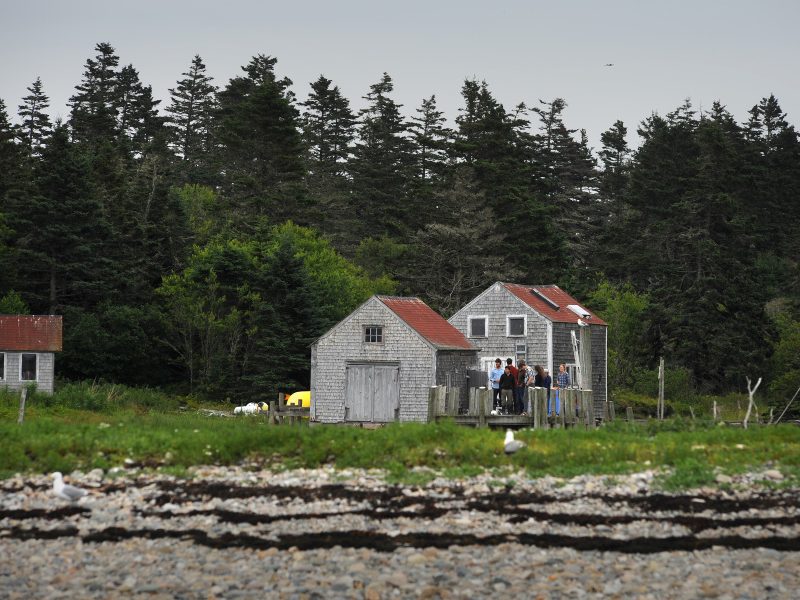
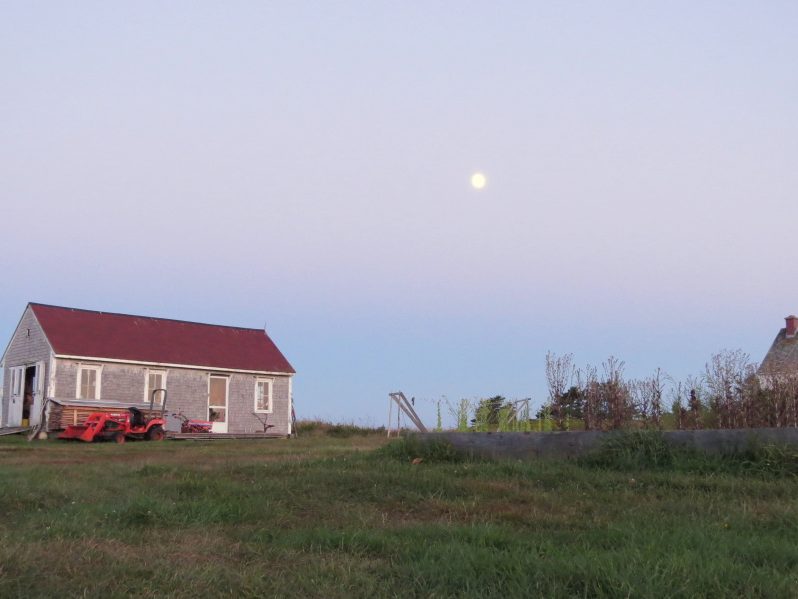
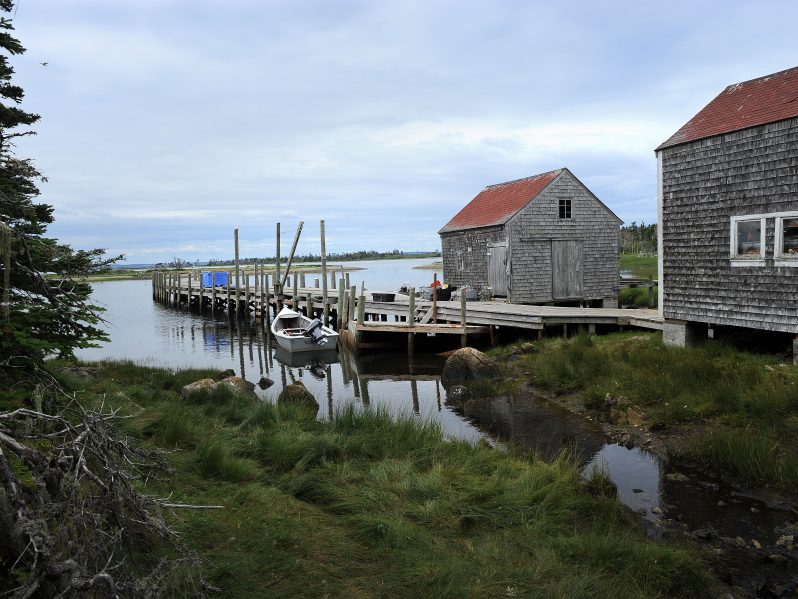
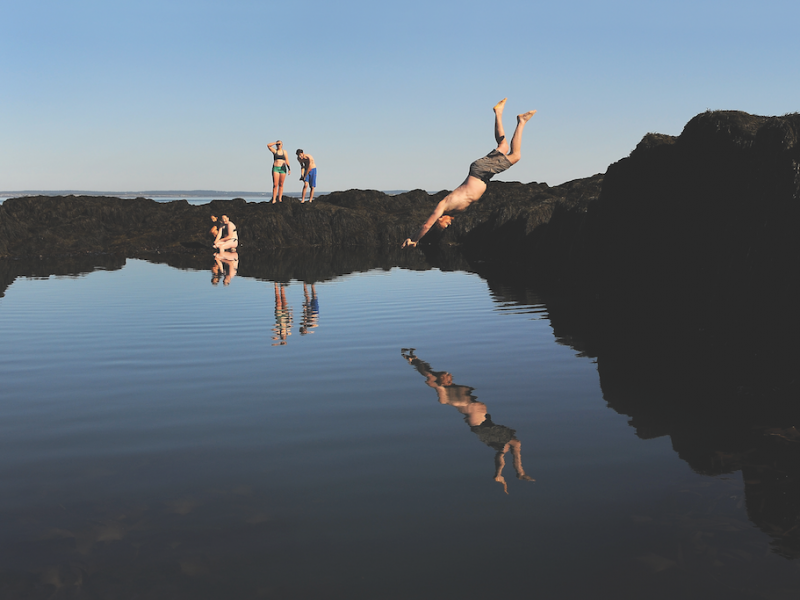
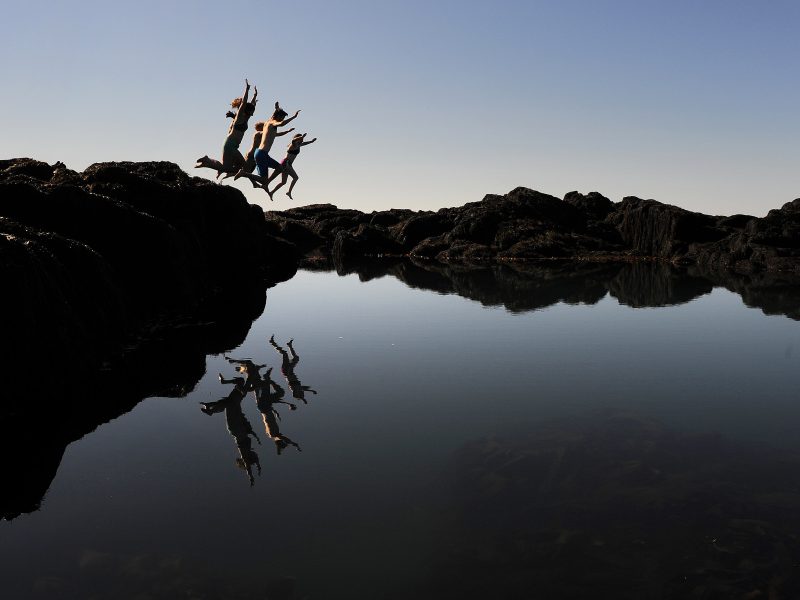
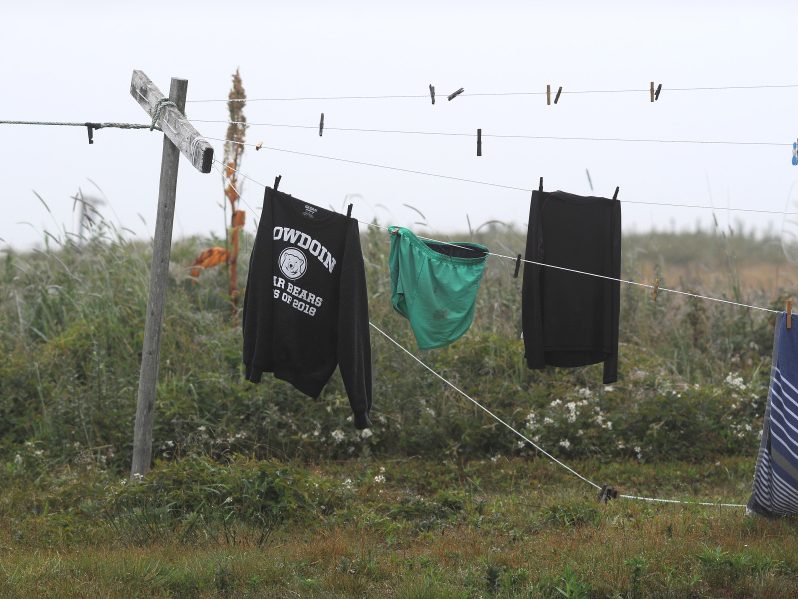
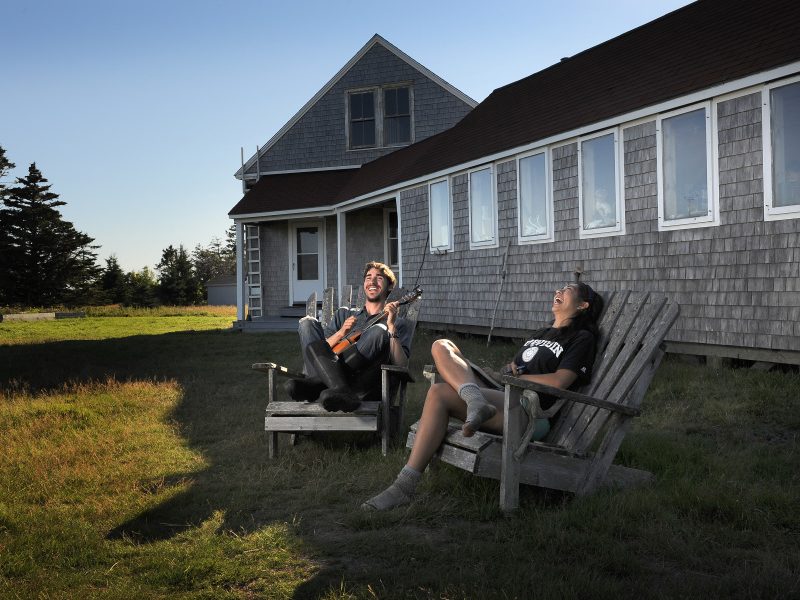
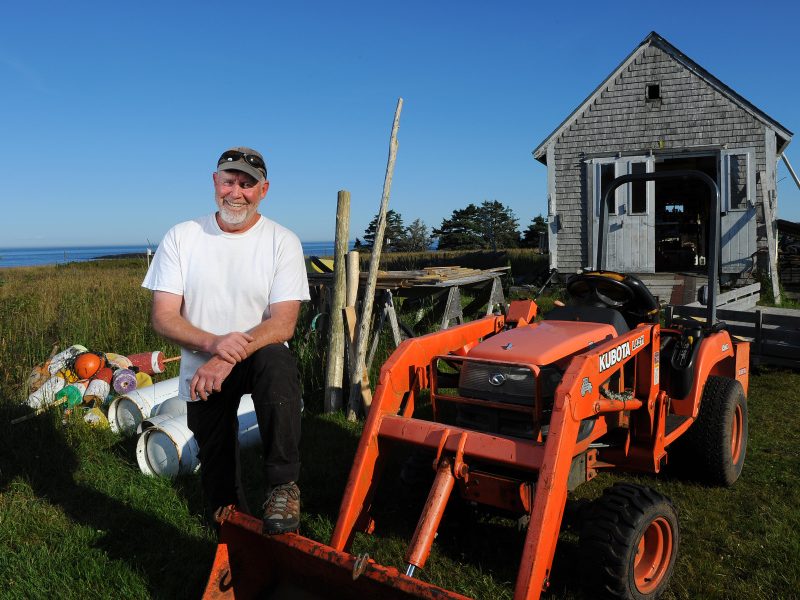
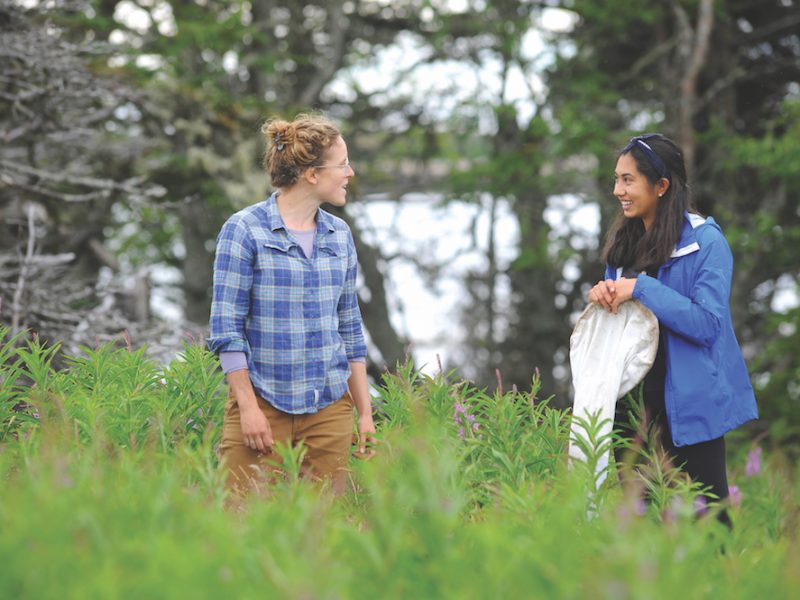
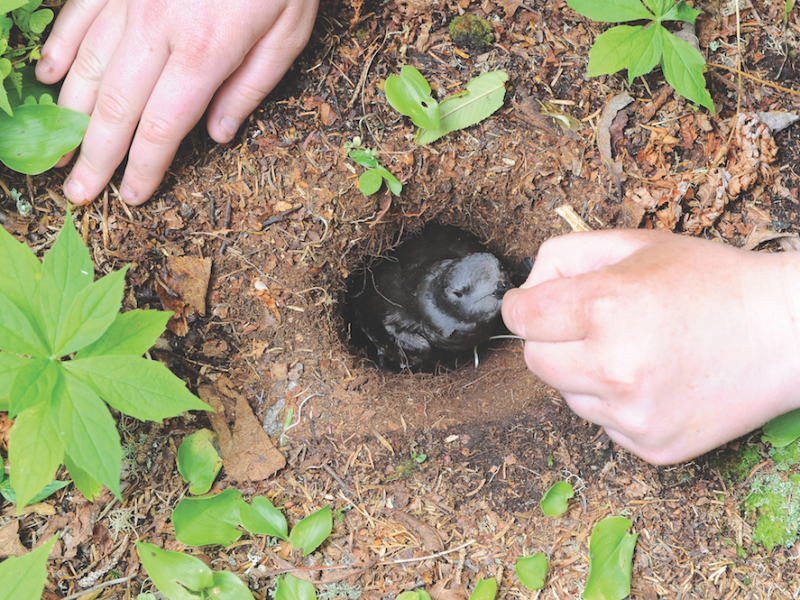
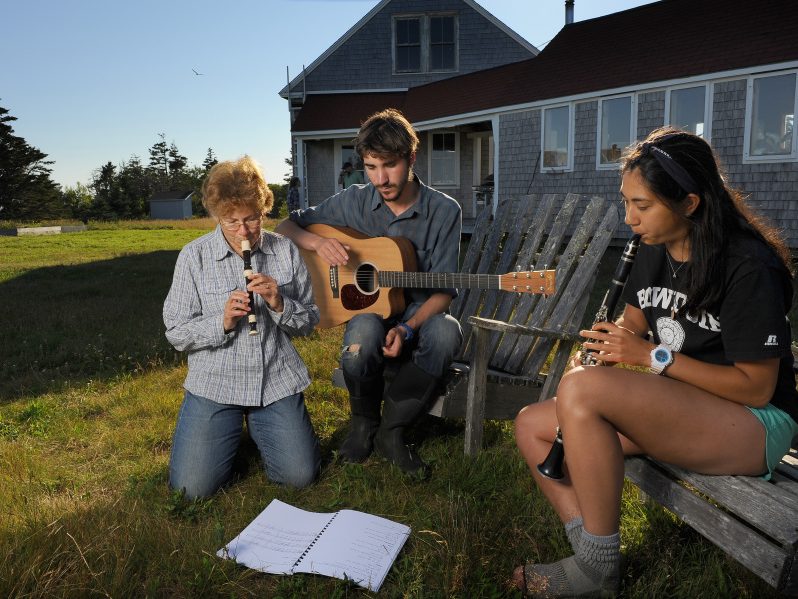
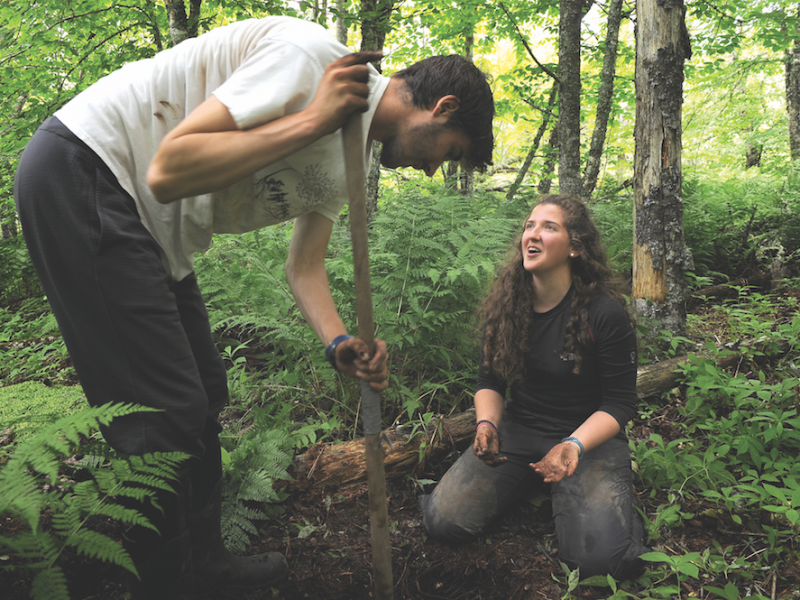
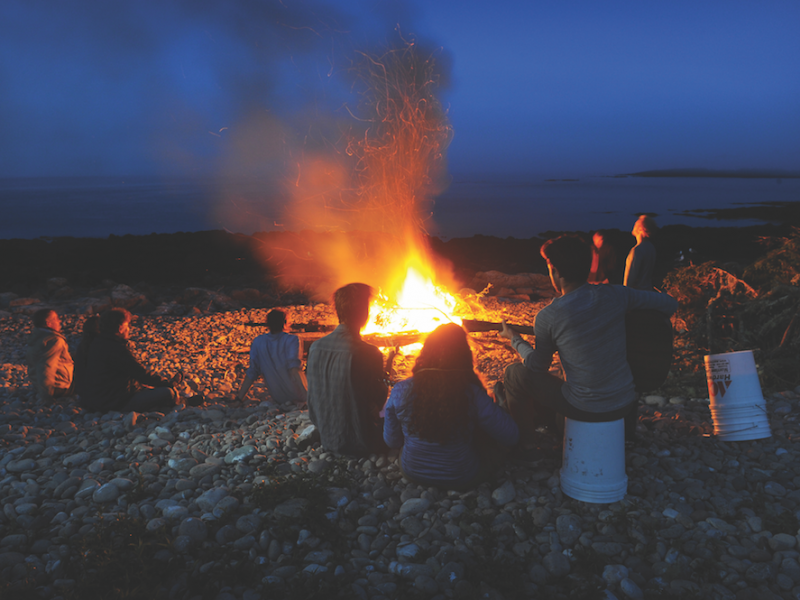
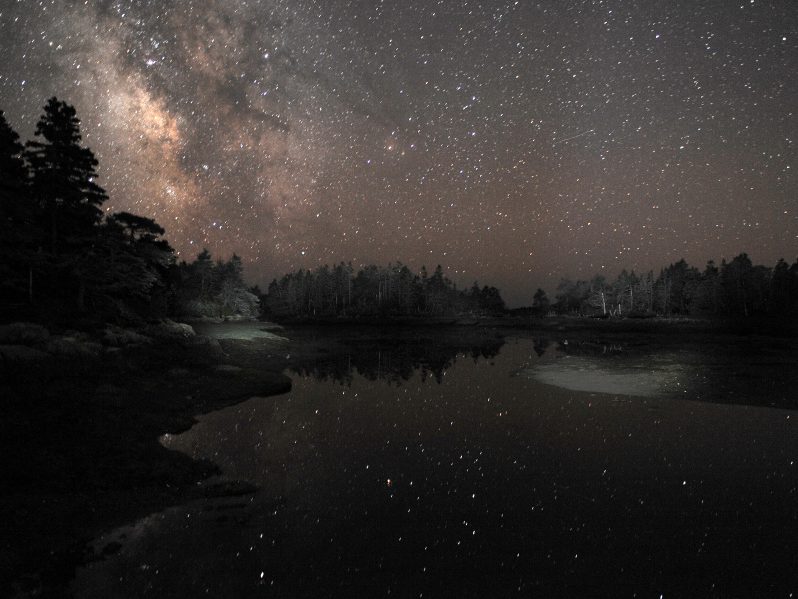
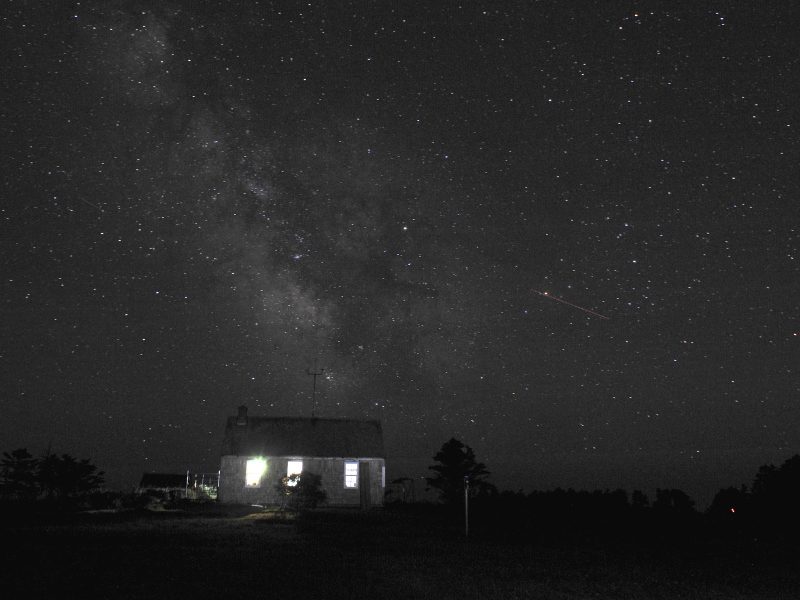
Encouraging Independent Research
Jones is the first full-time, tenure-track faculty member to direct the BSS in more than a decade. As well as teaching classes throughout the academic year, she’s been running her own research laboratory focusing on bumble bee behavior and foraging. The plan has been to use her presence on campus to encourage students to start thinking about, and preparing for, Kent Island earlier in the year. “My goal is to encourage and help students as they think about doing independent research, knowing that some of them will want to come to Kent Island.” The intention is that when the next cohort of students arrives at the station, they are as well prepared as possible and are able to “hit the ground running” when they emerge from that bumpy boat ride from Grand Manan Island. The amount of knowledge students can acquire during one summer at the BSS is amazing, says Jones. “When I visited last summer, I was so impressed by how motivated and excited they were. It was my first time on the island, and they had been there more than a month, so I was able to learn from them. For example, they showed me how to make spore prints to identify mushrooms, which I’d never done before.” Perhaps the most exciting aspect of the Kent Island experience, though, says Jones, is “the opportunity to continue long-term research that is critical to understanding impacts of climate change, as well as expanding the research systems on Kent Island in new directions.
The BSS actually includes three islands, although Kent is the biggest and the only one that’s currently inhabited. But we are planning research projects on all three islands in the coming years.” The place is a noted habitat for birds like the Leach’s storm petrel and the Savannah sparrow, and the research on the station includes keeping long-term sets on those and other species, not to mention forest ecology and marine biology. Jones’s own research on pollination ecology will start at Kent Island this summer. “I am looking forward to initiating a long-term research program studying the ecology of pollinators and their behavior on different plant species at the BSS,” she says. Postgraduate researchers from the Canadian Universities of Guelph, Windsor, and Dalhousie help maintain research programs and keep the station at the forefront of international ecological research.
Jones hopes to encourage more of them to visit the island in the future. “They’re good role models, and it’s great for the Bowdoin students to interact with them. Our collaborators give Bowdoin students exposure to graduate students, which they do not get on campus in Brunswick. In addition, working with researchers from Canadian universities is important to our role as a field station in Canada. We also have students and faculty from other liberal arts colleges, including Bates, Williams, and Kenyon making Kent Island a place where we can collaborate on science across many institutions.” As for the Bowdoin students, Jones says her goal is “to increase the number of them who end up with publishable material out of their projects and who can go on to present their projects at conferences. If you’re an undergrad, that’s a real boon, especially if you’re interested in going to grad school.”
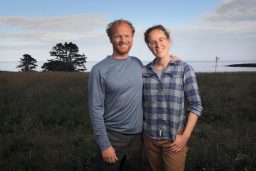
The Other Half of the Team
As she embarks on her summer as station director, Jones will not be alone. By her side, in more ways than one, is Ian Kyle ’06, who, as well as being the station’s new assistant director, is also Jones’s fiancé—they’re due to be married in September. Kyle is no stranger to Kent Island. “I spent a season here in ’05 as a student,” he says, “and, like anyone who’s done that, I feel a strong connection to the place.” When he visited last year, Kyle was pleased to note that Ian Kyle ’06 dives into the bracing waters of a deep tidal pool. Lily Bailey ’18 and David Anderson ’19 excavate soil as part of Lily’s research. A beach bonfire warms a cool summer evening as fog rolls in. despite some upgrades and renovations to the handful of buildings on the island, and the addition of the Internet, the character of the place is unchanged. Kyle will be assuming much of the logistical aspects of running the field station—budgets, renovations, coordinating food and visitors— and with experience managing a family business, it’s a task he’s well-suited to. Apart from the day-to-day tasks, however, Kyle also has an eye on the bigger picture. “I’ll also be helping with the grant writing, which I hope will free up Patty to focus on the science,” he explains. “When it comes to field station grant applications, it’s as much about understanding the budgeting process and the mechanical and structural needs of the station as it is about knowing the research that’s being done there.” Between them, Jones and Kyle hope to build on the work of previous generations and enhance Kent Island’s already gleaming reputation as a world-class place to do science.
Tom Porter is a writer and multimedia producer in Bowdoin’s Office of Communications and Public Affairs.
This story first appeared in Bowdoin Magazine, spring/summer 2018.


